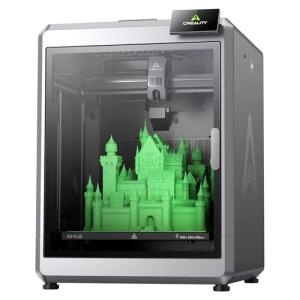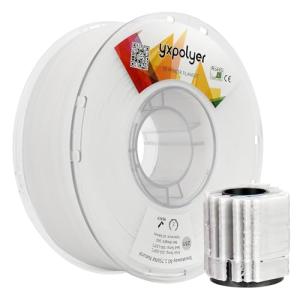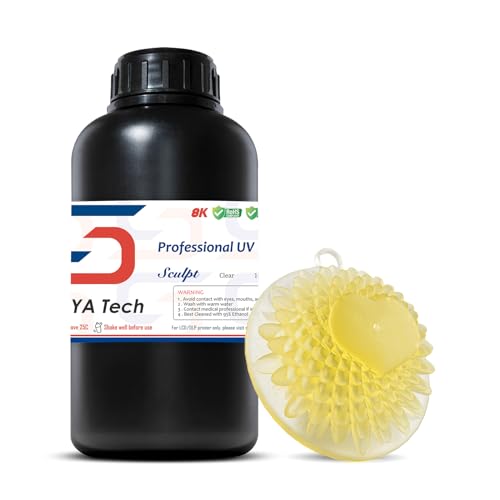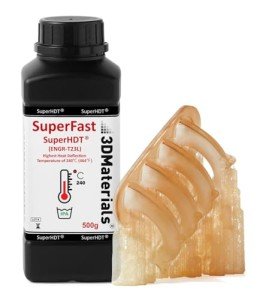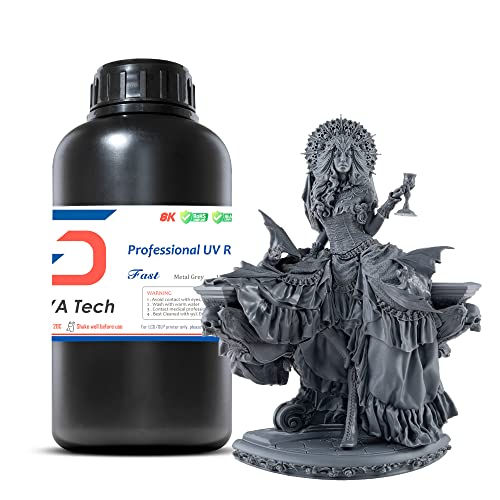Choosing the right 3D printing material is key to getting the results you want. Let’s dive into some common options and what they’re best for. Different projects require different materials, and knowing your choices makes a big difference.
PLA is a super popular 3D printing material for beginners. It’s made from cornstarch, so it’s biodegradable and pretty safe to use. You’ll love how easy it is to print with PLA; it sticks well and has a sweet variety of colors. Just keep in mind, it can soften in heat, so it’s not the best for outdoor prints or stuff that needs to handle a lot of temperature changes.
ABS is another common choice. It’s durable and can take some serious wear and tear, which makes it a go-to for functional parts. If you need something tough that won’t break easily, ABS is your buddy. Just remember, it can have a strong smell when printing, so good ventilation is a must.
Now, if you’re looking for something really fancy, check out PETG. It combines the best of both worlds—strong like ABS but easy to print like PLA. It’s kind of the middle ground and works great for items that need to be tough but also need that sweet, smooth finish.
And if you’re feeling adventurous, there are specialty materials like TPU for flexible prints or nylon for super strong parts. Each 3D printing material brings something unique to the table, so think about your project’s needs. Are you after strength, flexibility, or something that looks great? That’ll help you narrow it down!
Choosing the Best Material for Your Project
Choosing the right 3D printing material can make or break your project. With so many options out there, it’s all about finding what fits your needs. Want something strong? Flexible? Or maybe lightweight? Let’s dive into the popular materials and see what each one offers.
PLA is a favorite among beginners. It's super easy to print with and comes in all sorts of colors. If you're working on a simple model or just starting out, PLA is a great choice. It’s biodegradable too, so it’s a win for the environment. Just keep in mind, it’s not the most heat-resistant option, so avoid using it for anything that might get hot.
Then we have ABS, a solid pick if you need something tougher. It’s great for functional parts and can handle higher temperatures. Just a heads up, ABS can give off some fumes while printing, so print in a well-ventilated space. If you want something that can withstand wear and tear, ABS is your go-to.
TPU is the material for anyone looking for flexibility. Perfect for things like phone cases or wearables, TPU bends and stretches without breaking. It requires a bit more knowledge to print with, but once you’ve got the hang of it, the results can be fantastic. Just be ready for a bit of trial and error!
Whatever project you’re working on, there’s a 3D printing material that’s just right for you. Think about your needs, whether that’s durability, ease of use, or flexibility, and you’ll find the perfect match for your creative ideas. Happy printing!
Creality K2 Plus 3D Printer with Fast Multi-Color Printing
Experience vibrant, high-quality prints with lightning-fast color change capabilities
Product information
$999.00
Product Review Score
4.74 out of 5 stars
214 reviewsProduct links
Pros and Cons of Popular Materials
When it comes to choosing a 3D printing material, it’s good to know what each one brings to the table. Each type of filament has its strengths and weaknesses. Let’s dive into the pros and cons of some popular materials.
PLA (Polylactic Acid)
ABS (Acrylonitrile Butadiene Styrene)
TPU (Thermoplastic Polyurethane)
Breakaway Support Filament for Easy 3D Printing
Say goodbye to messy supports and hello to smooth, hassle-free printing with this easy-to-use breakaway support filament
Product information
$29.99
Product Review Score
4.61 out of 5 stars
41 reviewsProduct links
Tips for Selecting the Right Material
Picking the right 3D printing material can make a big difference in your project. Here are some straightforward tips to help you choose wisely:
1. Know Your Project's Purpose
Before you dive into materials, think about what you're actually printing. Are you making a prototype, a functional part, or maybe a decorative piece? For prototypes, materials like PLA work great because they’re easy to print. If you need something more durable, consider ABS or Nylon. Each material has its strengths, so choose according to what you need.
2. Consider Strength and Flexibility
Think about how your printed object will be used. Will it face stress, heat, or chemicals? Materials like PETG are tough and resistant to impacts, while TPU is flexible and great for items that need to bend without breaking. Research the properties of different 3D printing materials to find the right fit.
3. Check Printing Ease
If you're new to 3D printing, you'll want a material that’s easy to work with. PLA is often recommended for beginners since it sticks well and has a low chance of warping. As you gain confidence, you can explore other materials that might require more careful settings or better printer capabilities.
4. Think About Finish and Appearance
Some projects need a polished look, while others can be more rugged. If aesthetics matter, look for 3D printing materials that are known for their finish, like ASA for outdoor projects, which resists UV. Glossy finishes can also be achieved with post-processing, so keep that in mind when selecting your material.
